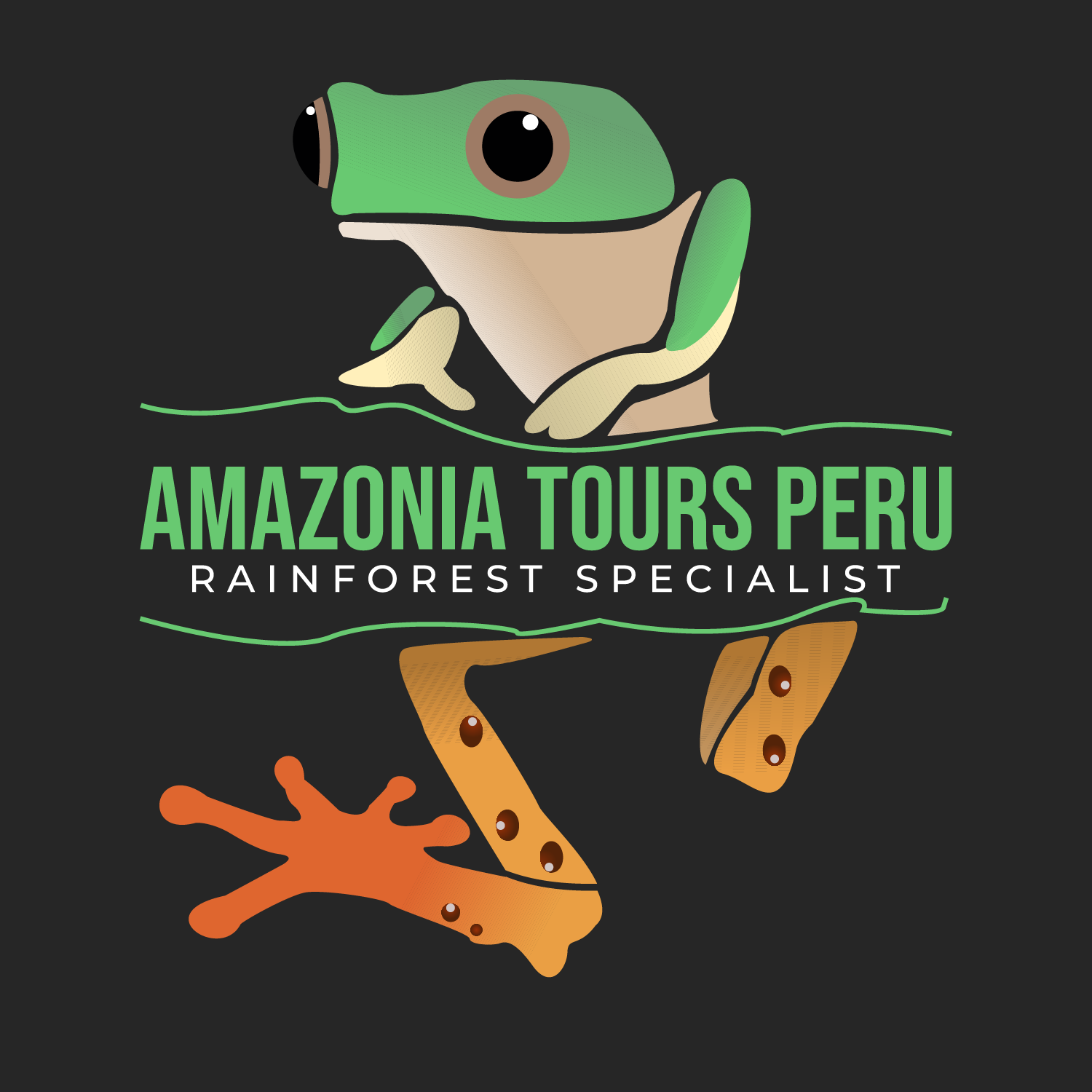Manu National Park
Portada » Manu National park
Get informed first
Manu Information
Manu National Park (PNM) was established on an area of 1,532,806.00 ha. according to its standard of creation (DS No. 0644-73-AG), then the Manu Reserved Zone was established by Supreme Resolution No. 151-80-AADGFF, which is later categorized by DS No. 045-2002-AG, extending the extension of the Manu
The PNM is one of the few NPAs in the world that is home to such a great diversity of ecosystems, from high grasslands, at more than 4000 meters above sea level, to tropical rainforests, through cloud forests. All this framed in a large and complex hydrographic system.
It is considered by some authors as the most biologically diverse ANP in Peru, since it contains almost all the ecosystems, flora and fauna of the Peruvian Amazon; 10% of the world’s bird species; 5% of its mammals; a vast number of fish, reptiles, amphibians and invertebrates, as well as more than 500,000 species of arthropods.
It contains at least 50 globally threatened animal species, according to the red list of the International Union for Conservation of Nature (IUCN). It is located within a biodiversity hotspot designated by Conservation International (CI), that of the Tropical Andes, the richest and most diverse region in the world.
It is located within two plant diversity centers of WWF/IUCN: The Peruvian puna and Manu lowlands. It can contain more plant species than any other PNA, being located in a global endemism center that owns one sixth of the world’s plant species within a global extension of 1%.
With 997 species of birds registered, it contains three endemic bird areas designated by BirdLife: high Peruvian Andes (EBA051), eastern eastern Andean foothills (EBA053) and high Peruvian and Bolivian yungas (EBA 055), which gives it the status of Important Manu Bird Area (IBA PE112).
It ranks third in Peru after the Alto Purús National Park and the Pacaya Samiria National Reserve.In 1977, and along with contiguous areas, it was declared by the Unesco Man and the Biosphere program as a Manu Biosphere Reserve, with an area of 1,881,200 hectares.
In 1987, UNESCO incorporated it into the list of the Natural Heritage of Humanity, due to its enormous value for the conservation of biological diversity and its multiple natural attractions.Inside, indigenous populations live in a situation of isolation, in addition to a remarkable diversity of Amazonian ethnic groups.
Why Visit
Manu?
The Manu National Park is one of the rare areas in South America with 1716295.22 hectare of primary forest. This leads to perfect conditions to observe and to photograph wildlife. Here you can see a lot of rare, local species.
The Manu National Park is home to 1025 species of birds, 221 species of mammals, 8 types of wildcats, 115 species of reptiles, 27 types of macaws and 15 species of primates. That is possible thanks to the huge area of protection, that includes areas from 250 meters above sea level up to 4000 meters above sea level. So it combines Andean ecosystems (3500-4000m), elfin forest (2500-3500m), cloud forest (1200-2500m), upper rain forest (500-1200m) and low rain forest (500-1200m). Furthermore, you can find Lagunas and little lakes.
A big part of the Manu National Park is land of indigenous people. The communities Yora, Mashko-Piro, Matsiguenka, Harakmbut, Wachipaeri and Yine have always been living here inside the forest and near the riverbanks. The communities Tavakome and Yomibato are officially recognized by the government. Both of these communities live near the river „Alto Río Madre de Dios “. In the southeast of the National Park has been founded an association of agriculturalists, known as “Callanga “. Furthermore, there are an unknown number of uncontacted, indigenous peoples living in the northeast of Manu Park and also more inside in the rainforest, living there cutoff from the outside world voluntarily.
Your visit to Manu National Park is highly recommended, if not obligatory. (SERNANP-PERU).
Whit Amazonia Tours Peru
You travel safely
Our company is committed to providing your safety and well-being on all your trips, as well as our entire team is in constant training and we are also aware of the impact they have on the communities and the experiences they can offer us so that our trips are unforgettable in each choice.
Top
Six
The visitor to Manu National Park has a lot to choose from in terms of the experience with wildlife, having thousands of spectacular animals to find, observe and enjoy. However, some few species stand out and are the most preferred by visitors. We consider these to be the Best Six or “Top Six” of Manu. Some are easy to find while others are rare and any sighting is lucky.
Panthera onca
Jaguar
The Jaguar is the largest and strongest feline on the American continent and the best hunter in the tropical rainforest. Although its distribution is in Central and South America, its population continues to decrease in almost all areas due to habitat loss and persecution by hunters. The Manu and other large protected areas of the Amazon basin play an important role in the protection of the population of Jaguars. Generally difficult to see, it can be found on the sandbanks along the Manu River in the driest time (July to September). Some statistics show that about 40% of visitors have seen this species, with the Manu River being the best place to find this species in Peru
Pteronura brasiliensis
Giant Otter
It is the largest and most social among the otters worldwide. This species is globally threatened because it was hunted until almost extinction, until it received legal protection and international trade in its skin was banned in 1975. The population in the Manu National Park has recovered but the species is still rare and is in danger. Only a few individuals can live outside the protected areas.
The families of Giant Otters live in horseshoe-shaped cochas along the Manu River, with the Salvador, Otorongo and Brasco being the best places to observe them. In the Manu National Park, we have 57 individuals, and 9 family groups
The sighting success of this species amounts to more than 80%, that is, eight out of ten visitors manage to see this incredible animal.
Rupícola peruvianus
Andean Cock of the rock
Considered by many to be the national bird of Peru, the spectacular Cock-of-the-rock inhabits the east of the Andes in the lower part of the cloud forests. The males perform a spectacular exhibition of dance and sounds in communal places known as “leks” at dawn and sunset. This species is most easily found in the San Pedro area, on the Manu road, where two leks can be visited.
Ara chloropterus
Red and green Macaw
It is the largest among the seven species of macaws found in the Manu National Park. The Red-and-green Macaw is relatively common in the Park and is regularly heard and seen flying over the Manu River. The best places to see them and in turn other species of parrots and macaws are the collpas or clay licks where they feed on earth that contains salt and other minerals.
Melanosuchus niger
Black caiman
Hunted by its skin to the edge of extinction, the Black Caiman is the largest and rarest among crocodile species in South America. Legally protected since 1972, this species has recovered well, and the lakes along the Manu River are now home to the largest protected population of the species. Although they are mainly nocturnal, they are relatively easy to observe on the beaches of the Manu River on sunny days or in one of its many lakes.
Ateles chameck
Spider Monkey
It is the largest and most agile of the 15 species of primates in Manu. The spider monkey is the most agile arboreal animal, capable of moving quickly between trees with impressive jumps and using its pensile tail to support its weight. These monkeys are the ones that have the lowest reproduction speed among other species in the region, so they are very vulnerable to hunting and rarely found outside protected areas. In Manu they can be seen in the low forests along the river








